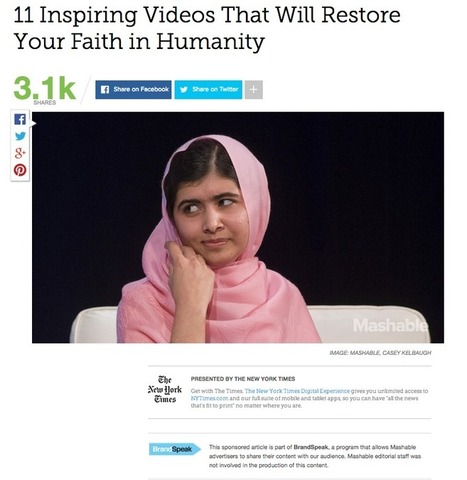Therefore, content creators and advertisers may find themselves scratching their heads about how to break through the clutter with compelling branded content that attracts an audience and makes them want more.
“While there’s no ‘one size fits all’ when it comes to creating impactful branded content, we’ve identified some common themes in our research and content testing that can be used as best practices for making content resonate with audiences,” said Harry Brisson, Director of Lab Research at Nielsen.
To better understand how consumers are reacting to this new form of marketing content, Nielsen assessed consumer reactions to more than 100 pieces of branded content and found that a brand’s effectiveness (e.g., how a brand resonates with viewers) is largely affected by the format and environment the message is delivered in.
The results of the analysis uncovered three key takeaways that can help brands deliver strong content that resonates with and builds audiences:
- Branded content can drive higher brand recall and brand lift than pre-roll
- When viewers enjoy content, they view the integrated brands more favorably
- Partnering with a publisher can drive ad impact....



 Your new post is loading...
Your new post is loading...










Brands and marketers competing to engage content-hungry consumers need to be creative in the strategies they use to appeal to viewers, especially in an age of ad-blocking technology.